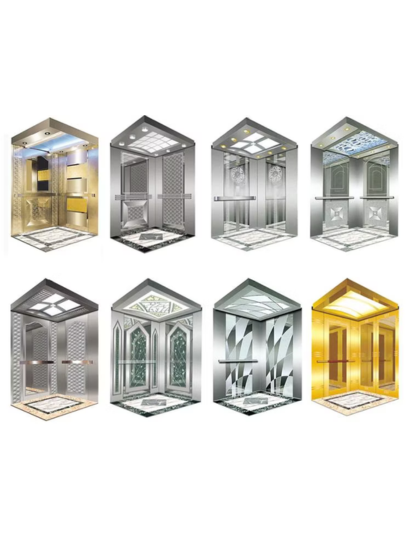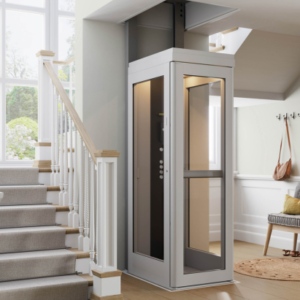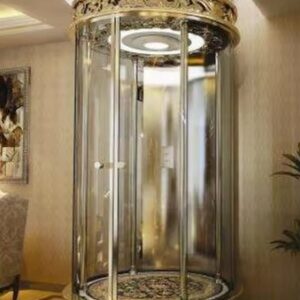Types of Elevators
Elevators come in various types based on functionality and structure. Traction elevators use steel ropes and a counterweight for smooth movement. Hydraulic elevators rely on a piston system for lifting. Pneumatic elevators operate with air pressure, while machine-room-less elevators save space. Freight elevators transport heavy goods efficiently in industrial settings.
Product Description
Elevators play a crucial role in modern buildings by providing efficient vertical transportation. Different types of elevators are designed based on specific requirements, such as building height, space availability, and operational efficiency. The primary types of elevators include traction elevators, hydraulic elevators, machine-room-less elevators, pneumatic elevators, and freight elevators. Each type offers distinct advantages and is used in various applications, from residential buildings to high-rise commercial structures.
Traction Elevators
Traction elevators are among the most commonly used in high-rise and mid-rise buildings. These elevators operate using steel ropes or belts that move over a traction sheave connected to an electric motor. The counterweight system balances the elevator car, reducing energy consumption and improving efficiency. There are two main types of traction elevators: geared and gearless. Geared traction elevators have a gearbox to control movement, while gearless traction elevators offer higher speeds and smoother rides, making them ideal for skyscrapers.
Hydraulic Elevators
Hydraulic elevators function using a hydraulic piston system to push the elevator car upward. A hydraulic pump forces fluid into a cylinder, moving the piston and lifting the car. These elevators are commonly used in low-rise buildings, such as homes, offices, and shopping centers. Since they do not require a deep pit or overhead machine room, they are easier to install in buildings with limited space. However, they operate at slower speeds compared to traction elevators, making them less suitable for tall buildings.
Machine-Room-Less (MRL) Elevators
Machine-room-less elevators are a modern innovation designed to optimize space utilization. Unlike traditional traction or hydraulic elevators, MRL elevators do not require a separate machine room. Instead, the motor and control system are placed within the elevator shaft. This design saves construction space and reduces energy consumption. MRL elevators are widely used in mid-rise commercial buildings and residential complexes where space constraints are a concern.
Pneumatic Elevators
Pneumatic elevators operate using air pressure to move the elevator cabin. These elevators consist of a cylindrical shaft and a vacuum system that creates pressure differences to lift or lower the cabin. Pneumatic elevators are commonly used in residential buildings, particularly in homes where space is limited. They are easy to install, require minimal maintenance, and offer a futuristic design. However, their weight capacity is lower compared to traditional elevators, making them suitable for personal use rather than heavy-duty transportation.
Freight Elevators
Freight elevators are designed specifically for transporting heavy goods and materials rather than passengers. These elevators are commonly found in warehouses, factories, shopping malls, and industrial buildings. They have larger cabins and higher weight capacities to accommodate bulky loads. Freight elevators are built with reinforced materials and durable components to withstand heavy usage. They often operate at lower speeds but provide maximum safety and efficiency for material handling.













Reviews
There are no reviews yet.